20 Symbols to Protect Against Bad Luck
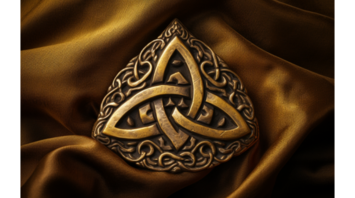
If you feel plagued by bad luck or wish to promote good health, carrying a protection symbol might help. Many cultures globally have developed unique symbols believed to provide protection, prosperity, and good luck to their bearers. Continue reading to discover various protection symbols from ancient Egypt, Wicca, Celtic paganism, and more. One of these may resonate with you.
Important Facts to Note
- Ancient Egyptians valued symbols such as the Eye of Horus and the ankh, which were protective against evil spirits.
- In Wicca, the Triple Goddess, the Horned God, and Hecate's wheel convey protection and energy.
- Norse mythology features Thor's hammer amulet, Mjolnir, as a protective symbol.
1. Hamsa Hand
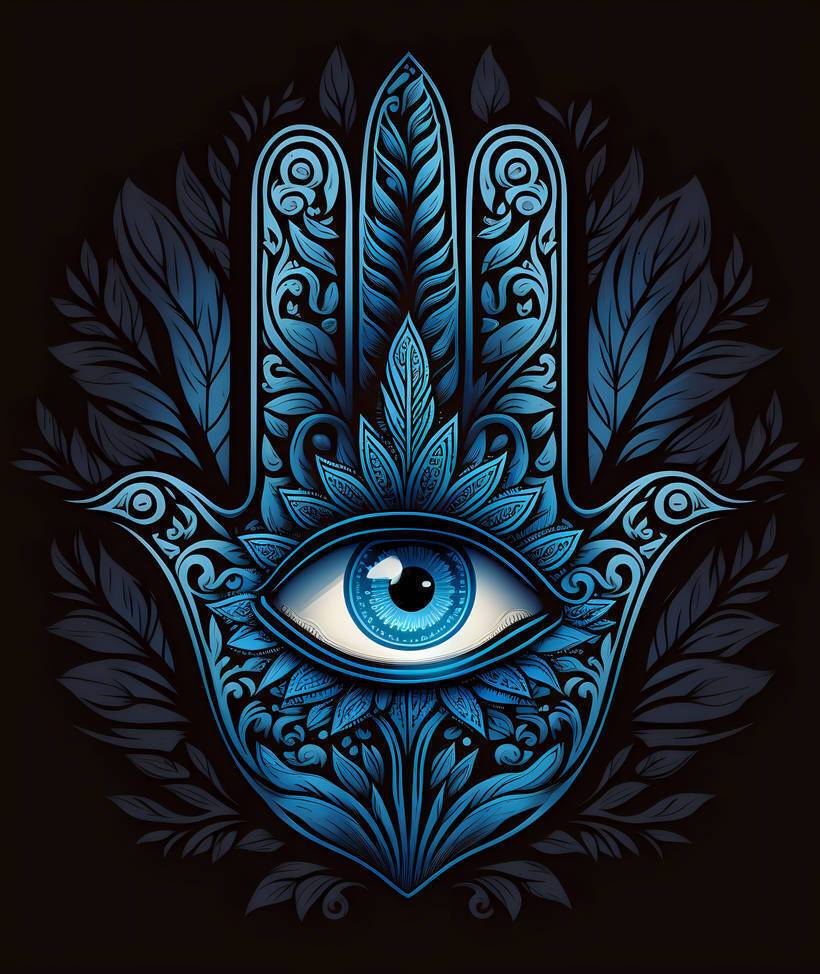
The hamsa hand symbolizes luck, happiness, health, and protection. Found mainly in the Middle East, this figure signifies the Hand of God and has various names like hamesh or khamsa. There are two primary styles: one with symmetrical thumbs and another resembling a typical hand.
Tradition holds that the five fingers represent elements like fire, air, and water or five of the seven chakras. Frequent uses include wearing it as an amulet or placing it above entryways to ward off misfortune.
2. Eye of Horus

The Eye of Horus serves as an ancient Egyptian protection symbol. This emblem originates from the myth of Horus, whose eye was lost in a clash with the god Set, later restored with divine intervention. Gifted to his father Osiris, the Eye symbolizes levels of protection, healing, and prosperity.
Commonly known as the left wedjat eye, the Eye of Horus contrasts with the Eye of Ra, representing the moon and sun, respectively. Many individuals wear this emblem in amulet form for added protection.
3. Ankh
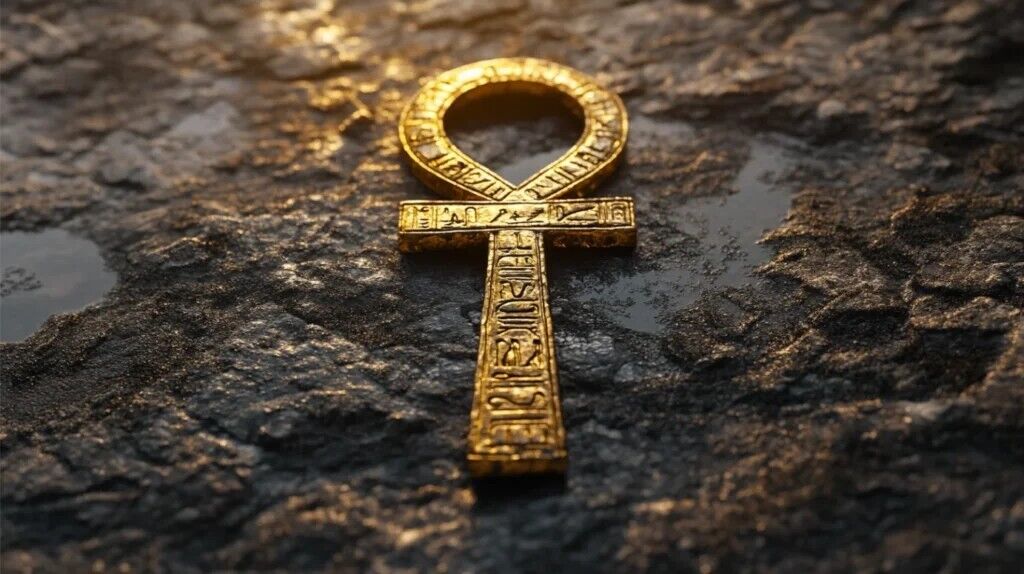
The ankh stands as the ancient Egyptian life symbol. Its design resembles a cross with a loop at the top, which signifies the rising sun. The shorter segments symbolize the mortal realm and the long base signifies the divine.
Originally worn by important figures, the ankh functioned both as a representation of immortality and as an amulet against evil spirits. Many people in modern neo-paganism and New Age practices also appreciate its protective qualities.
4. Tyet

The tyet is linked to the goddess Isis's protective powers, also referred to as the Knot of Isis. This age-old emblem was widely recognized in ancient Egypt. The goddess was revered for her magical capabilities and declared to offer protection against enemies. Nubians included tyets with mummies for additional safeguarding.
Presently, many wear the tyet as an amulet or adorn jewelry demonstrating its protective properties.
5. Triple Goddess
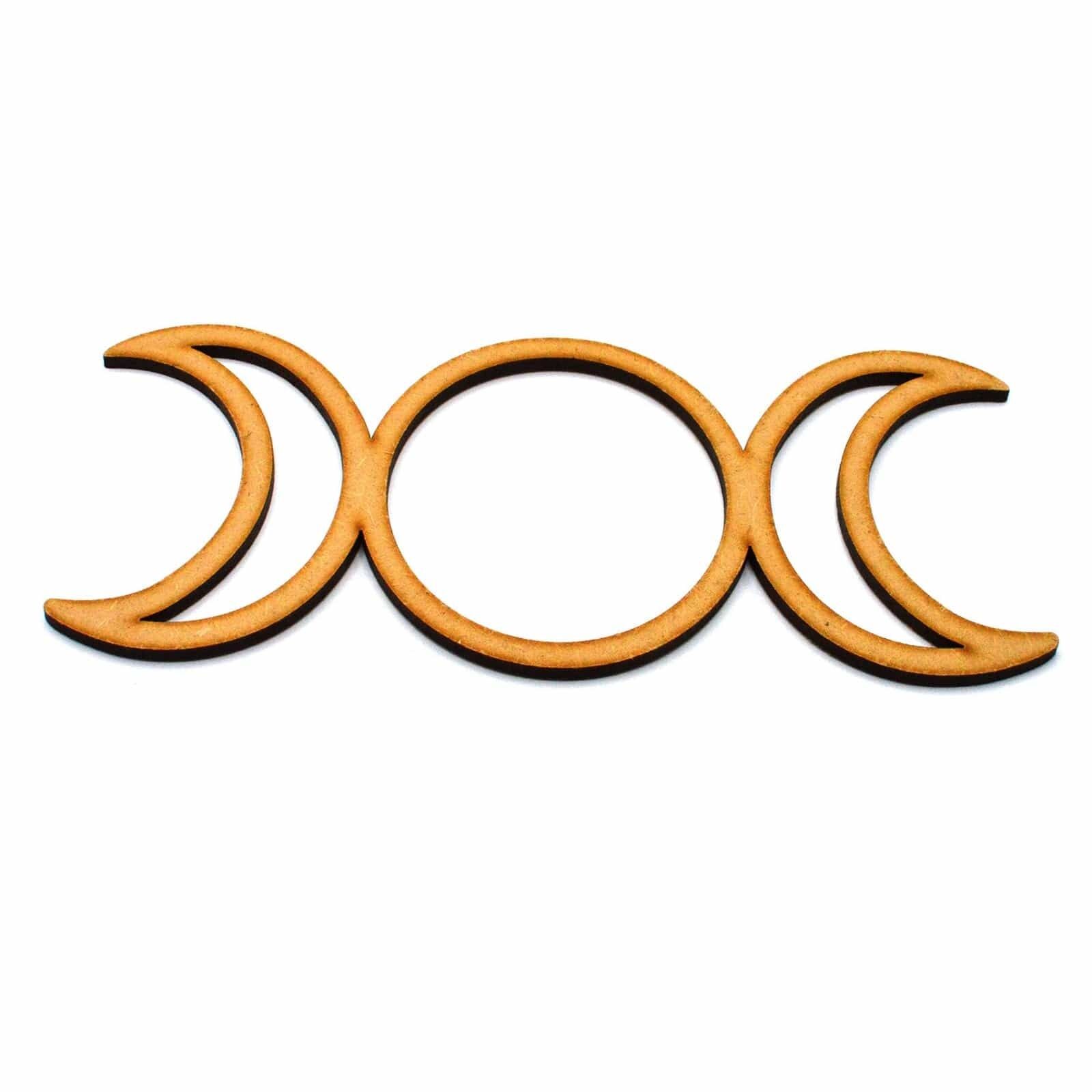
In Wiccan traditions, the Triple Goddess symbolizes feminine energy. It consists of the waxing, full, and waning moons, reflecting the Maiden, Mother, and Crone facets. Together, these elements portray life’s cyclical nature, infusing the wearer with power and protection.
6. Horned God

The Horned God embodies masculine energy and is the Triple Goddess's counterpart. This emblem, shaped as a full circle with an upturned crescent, stands for courage and strength. The Horned God serves as a reminder of nature's ties and the importance of offering protection to the Earth and fellow beings.
Wiccans generally consider him and the Triple Goddess as equal rather than opposing figures.
7. Hecate’s Wheel
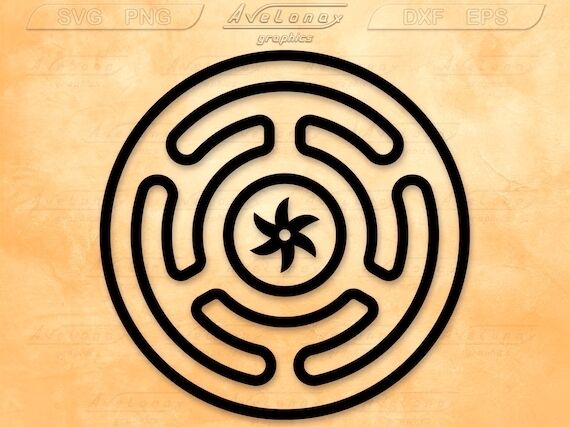
Hecate’s wheel provides protection in magical practices. Representing the goddess of magic, this symbol aids when performing rituals. The wheel, encircled by a labyrinth, signifies intersections between heaven and earth and life’s myriad paths.
Associated with the safeguard of households, children, and travelers, many seek Hecate’s aid during journeys.
8. Unicursal Hexagram
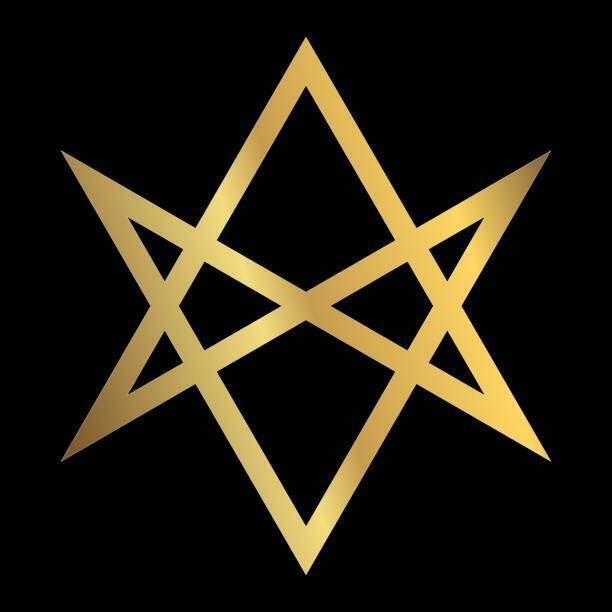
The unicursal hexagram stands for harmony and can be drawn in one continuous motion. Linked to Thelema, it illustrates balance and integrity amidst oppositions. This symbol also conveys protection, with its six points representing elements like earth and spirit, seen in some Wiccan traditions.
9. Pentagram
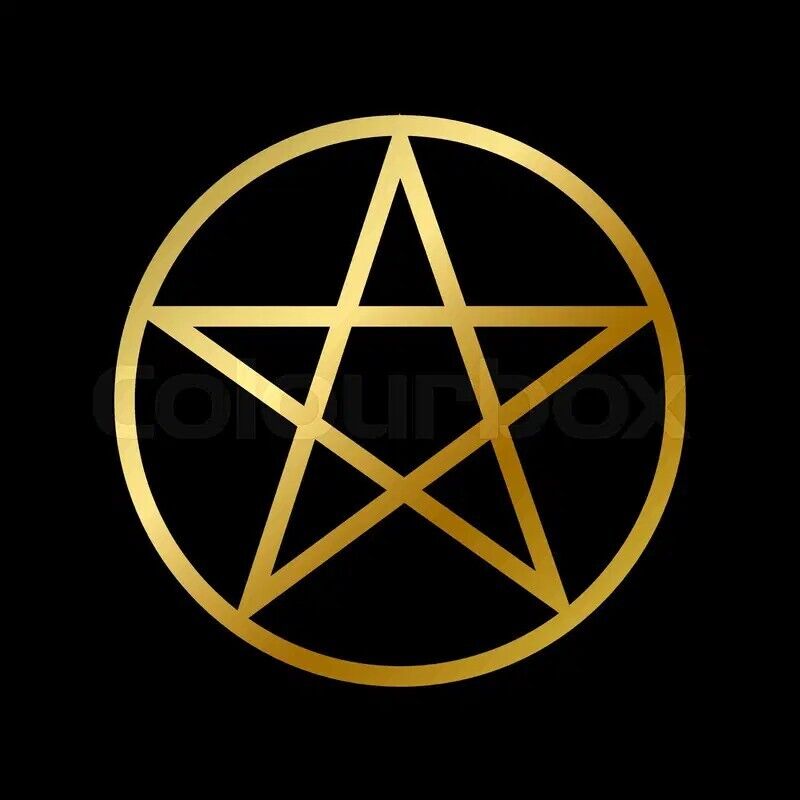
As a protective emblem, the pentagram serves as a shield against various dangers. This five-pointed star corresponds with elements—air, earth, water, fire, and spirit. When surrounded by a circle, it forms the pentacle, symbolizing protection from negative influences.
An upright pentagram denotes the spirit's victory over material desires, whereas an inverse representation has darker connotations.
10. Witch’s Knot

The witch’s knot signifies protection through historic folk magic. Rooted in knot magic from the Middle Ages, it provided safeguards against malevolent witchcraft by being carved into door frames. Many utilized it as a protective amulet.
11. Triquetra
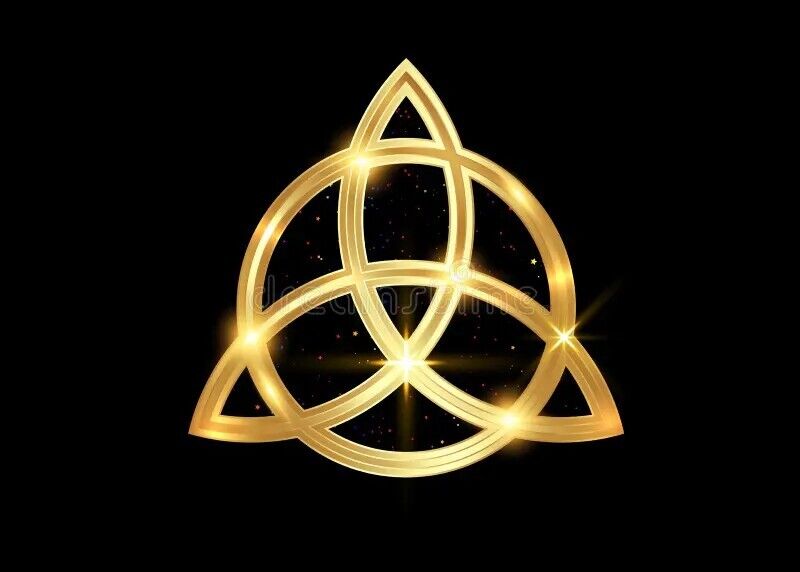
The triquetra, or Celtic knot, epitomizes life, values, and duality in various cultures. Generally constructed with three interlocking ovals, a surrounding circle often portrays protection and eternal existence, merging feminine prowess within religious representations.
12. Triskele
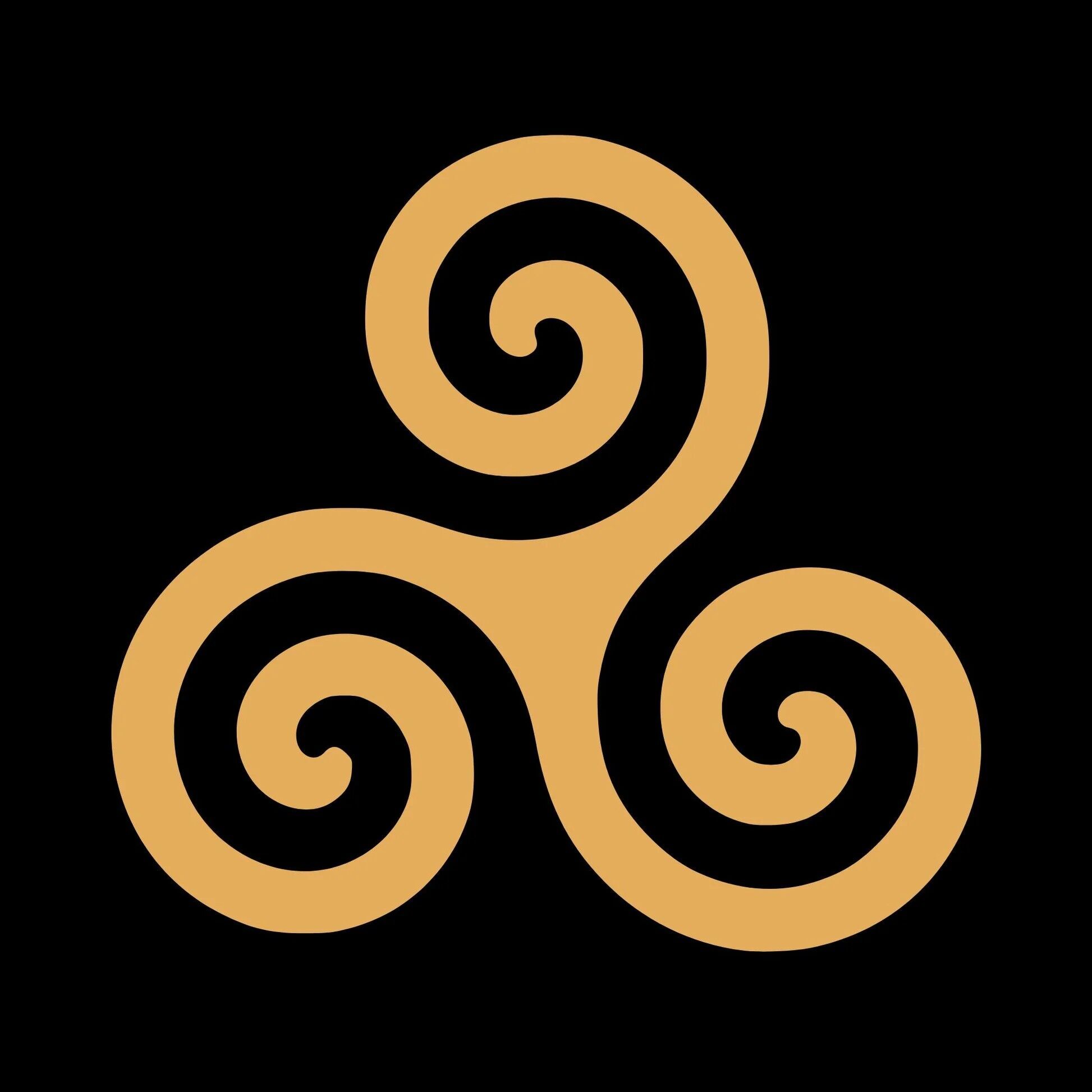
The triskele symbolizes interconnectedness and consists of three interlocked spirals. Celtic practitioners used this figure to depict life phases and divine energy. It embodies the concept of protection by reaffirming life’s connectedness.
Adaptations exist in various faiths, often viewed through a Christian lens as a representation of the Holy Trinity.
13. Mistletoe

Once seen as a protective element by Celtic Druids, mistletoe gained a role in modern romance, though it was originally a guardian against evil spirits. Custom dictated hanging it above doorways to attract positive energy. Ancient Greeks regarded it similarly for its healing aspects.
14. Apotropaic Marks
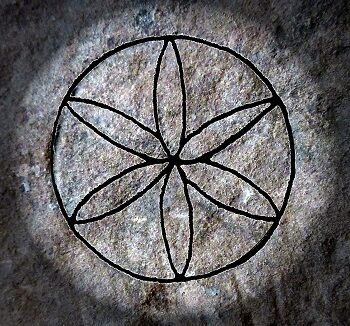
Apotropaic marks are protective symbols designed to deter evil spirits and witchcraft. Often inscribed on walls, they take different forms. While some resemble flowers, others combine letters like V and M, initiating calls for safety. Placement generally includes areas vulnerable to malevolent beings.
15. Auseklis Cross
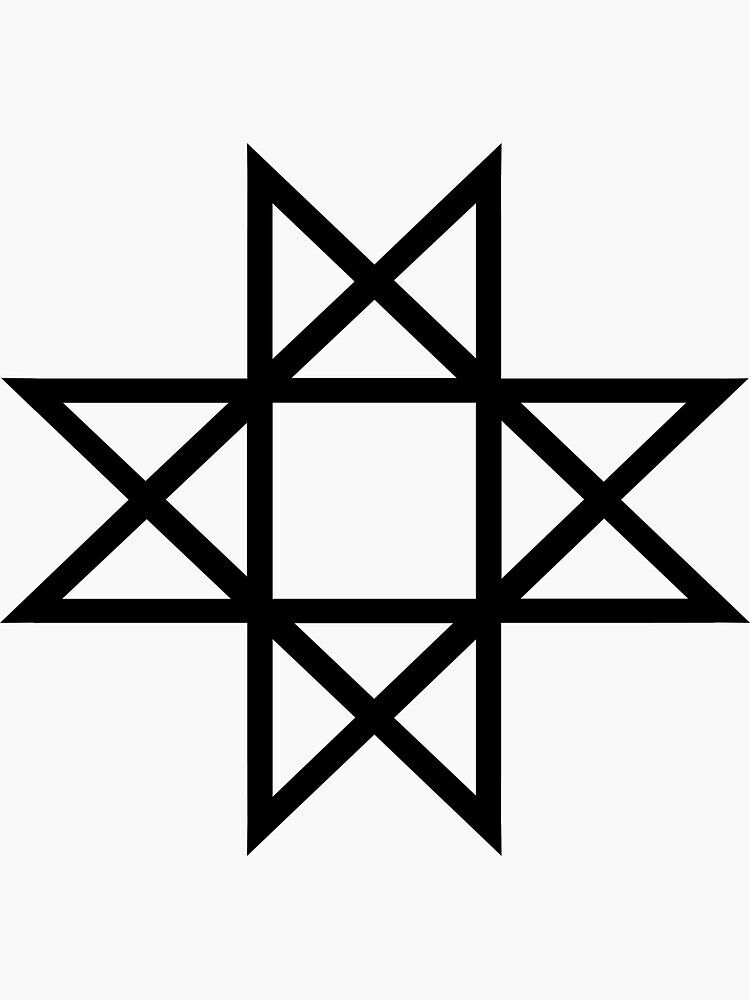
The Auseklis cross radiates powerful protective energy. This eight-pointed star correlates with night, the skies, and survival, associated with the pagan Latvian deity Auseklis. Its purpose lies in banishing darkness while providing security.
16. Nazar Boncugu
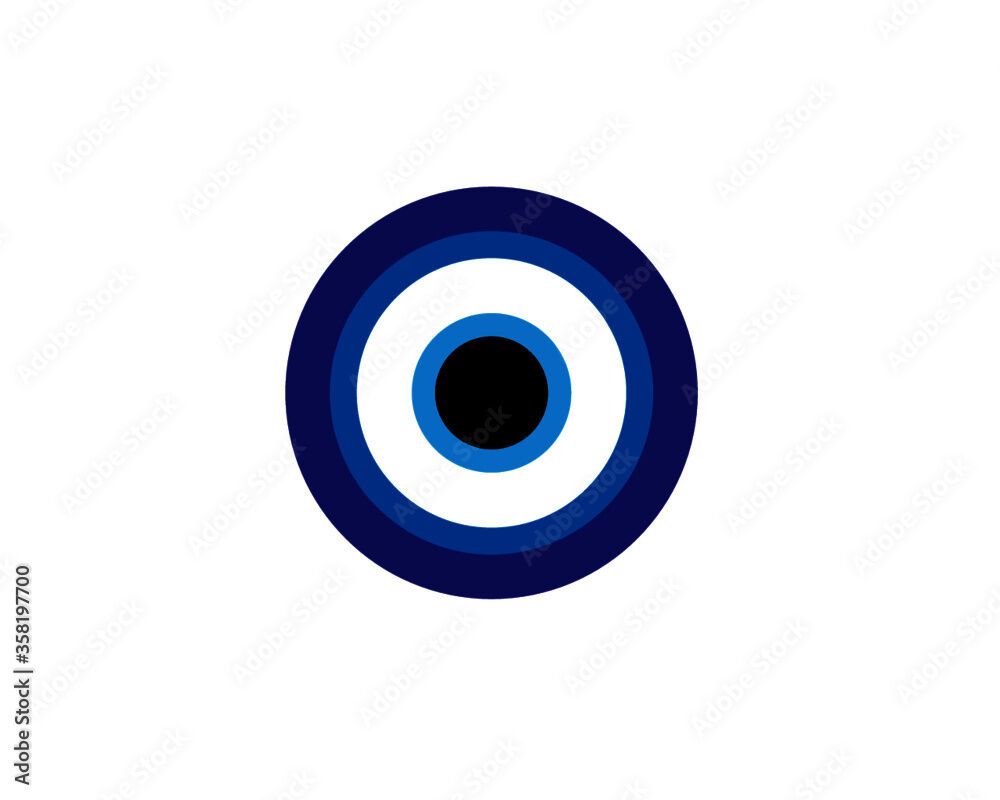
The nazar boncugu uniquely protects against the evil eye in Turkish culture. This gleaming blue glass emblem embodies protection against envious stares to avoid adverse outcomes. Its resilient blue color is said to shield and absorb negativity, and it often takes various forms, such as amulets and wall decorations.
17. Aegishjalmur
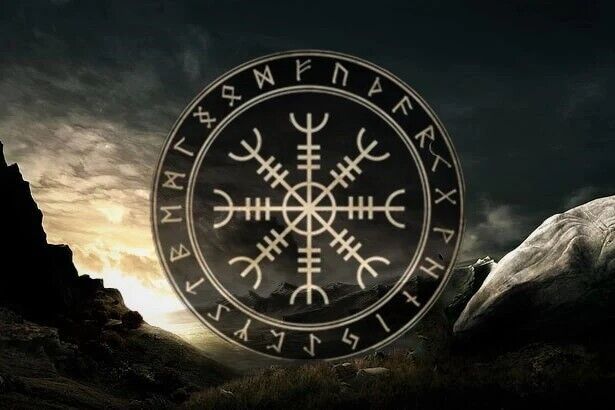
The aegishjalmur guards against adversaries with its spiked design. Renowned as the helm of awe in Norse cultural traditions, converging sharp lines create an imposing symbolism of defense. The incorporated "z-runes" display strength against foes.
18. Mjolnir

Mjolnir, the hammer of Thor, is a divine protector in Norse mythology. Associated with storms and thunder, abuses power solely for the wellbeing of humanity. Many wear Mjolnir amulets to summon Thor's protective influence.
19. Bagua Mirror
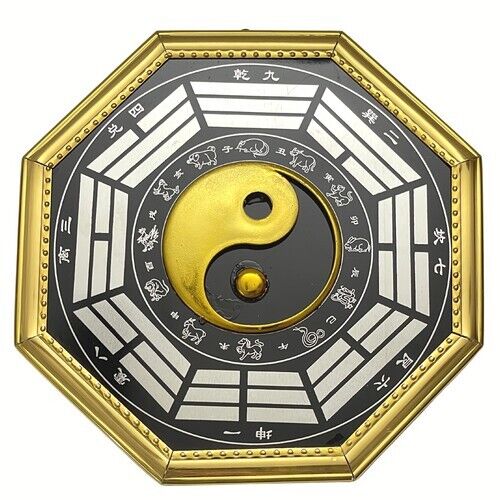
The Bagua mirror serves as a protective tool in Chinese Feng Shui. Structural octagonal mirrors serve a dual purpose: defending against negativity with a convex section while the concave one fosters positive energy. Hanging outside a home, it maximizes sustained protection.
20. Flower of Life
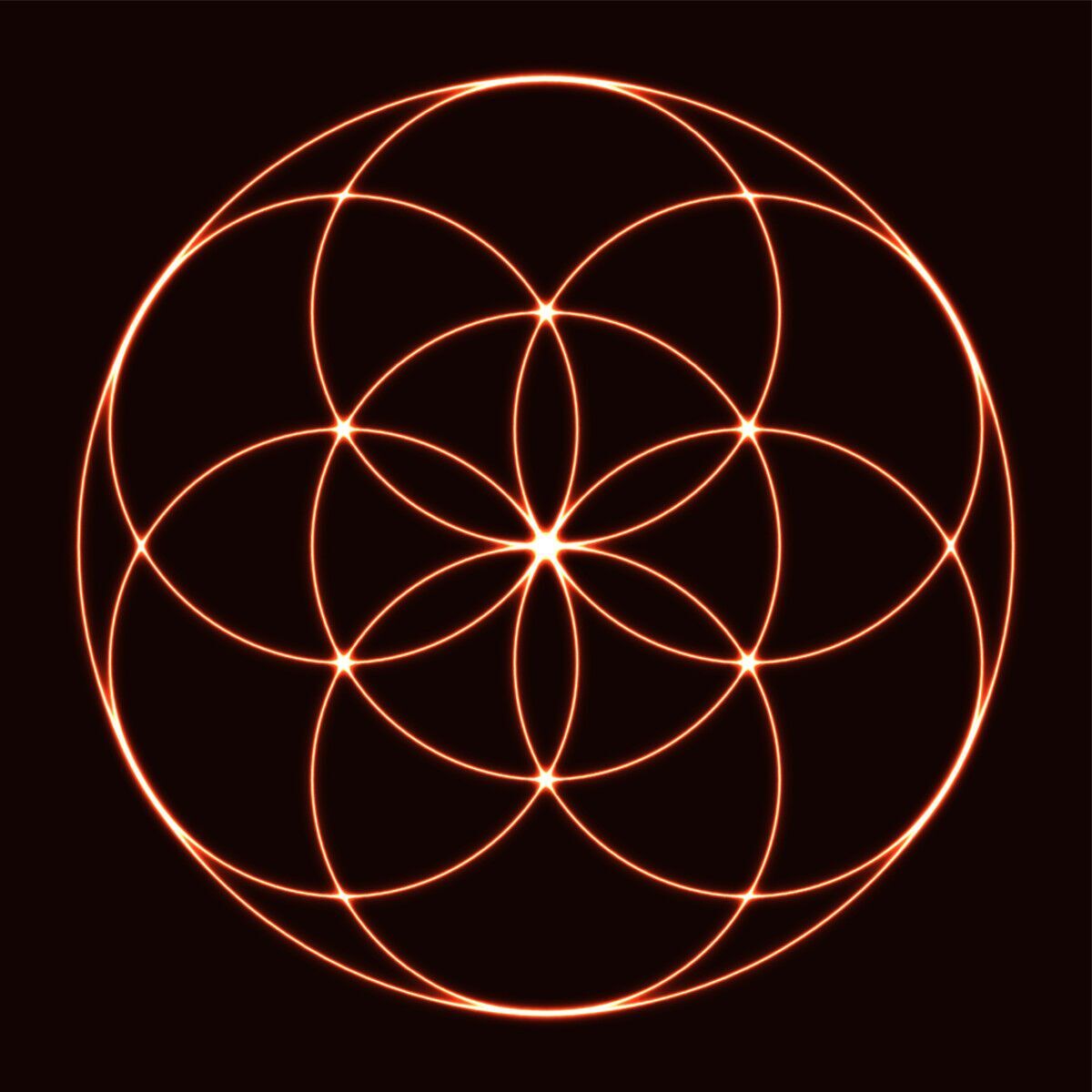
The Flower of Life is a sacred geometric figure representing energy preservation. This arrangement, comprising 61 interconnected circles, embodies creation symbols and also enhances personal energy protection throughout life’s journey.
Earlier, SSP wrote about 6 spiritual meanings of a lion.



















